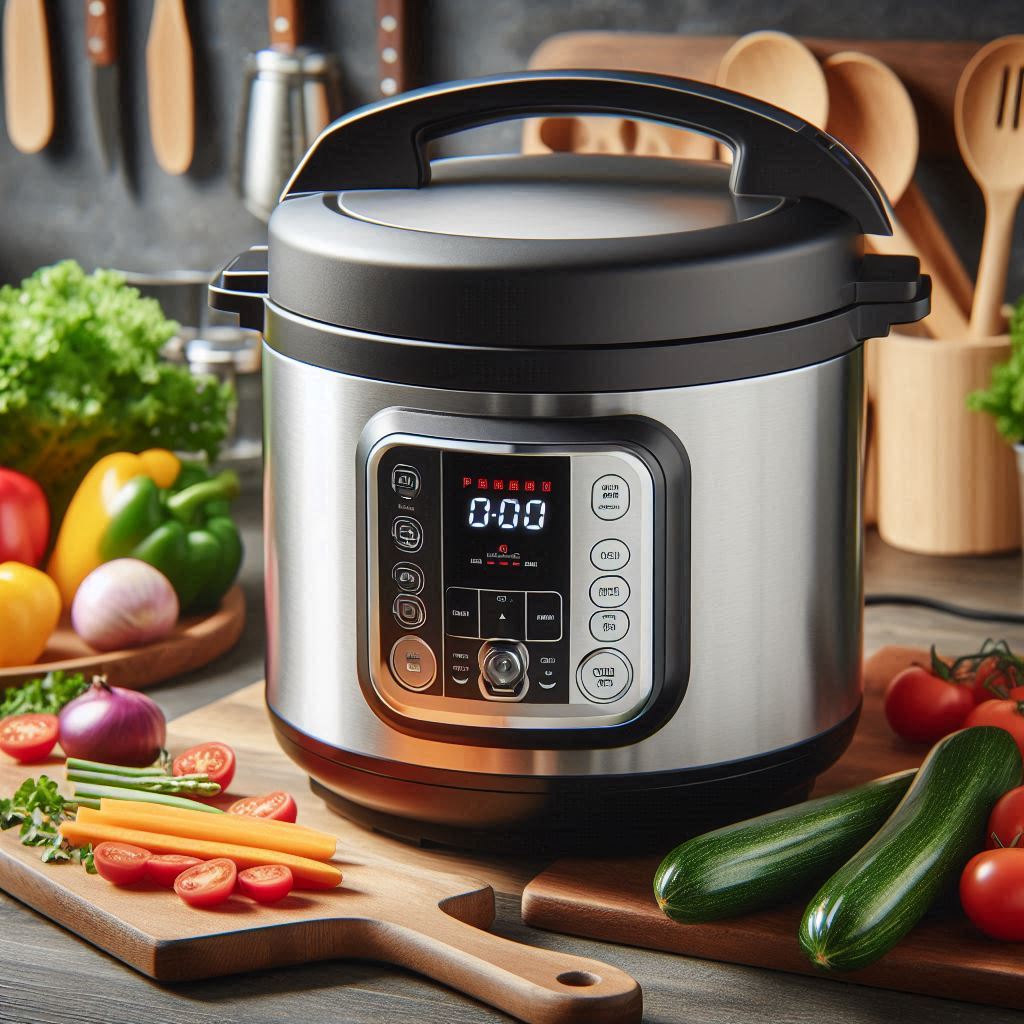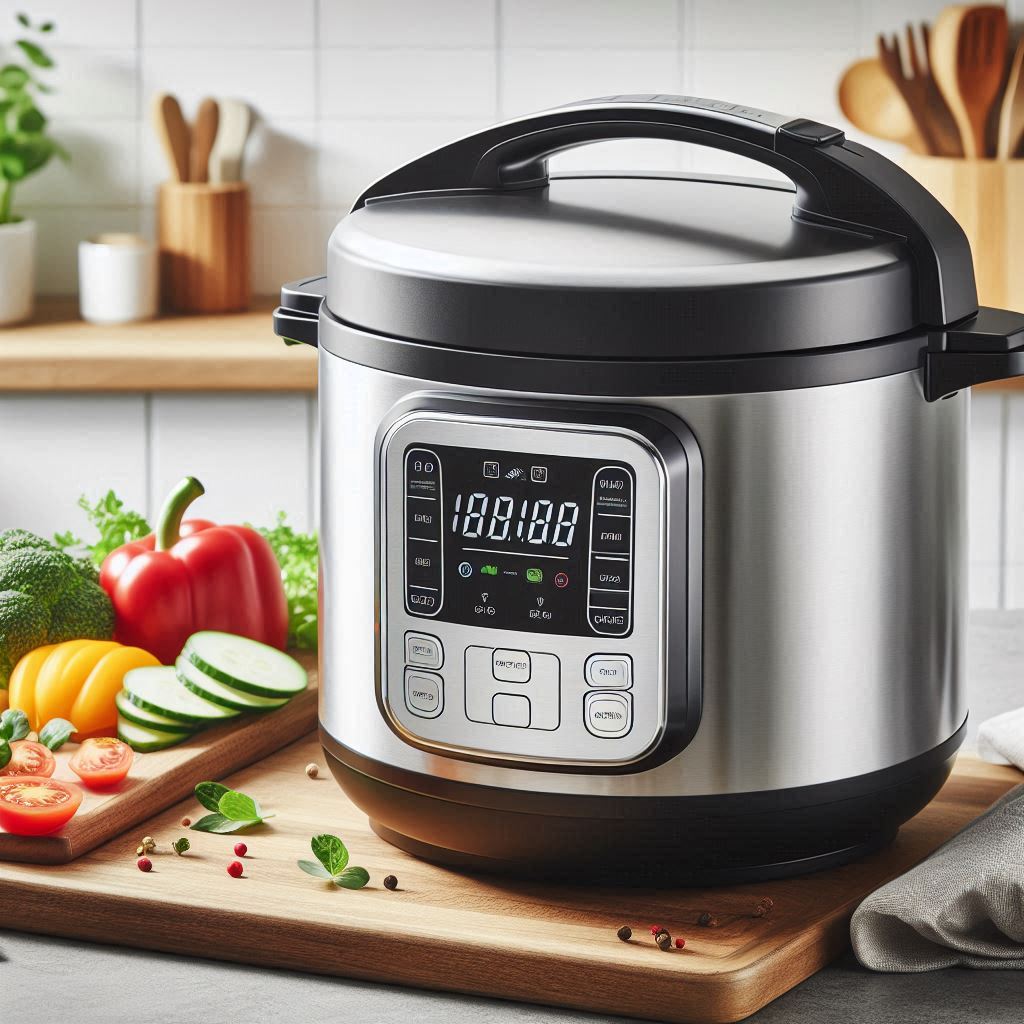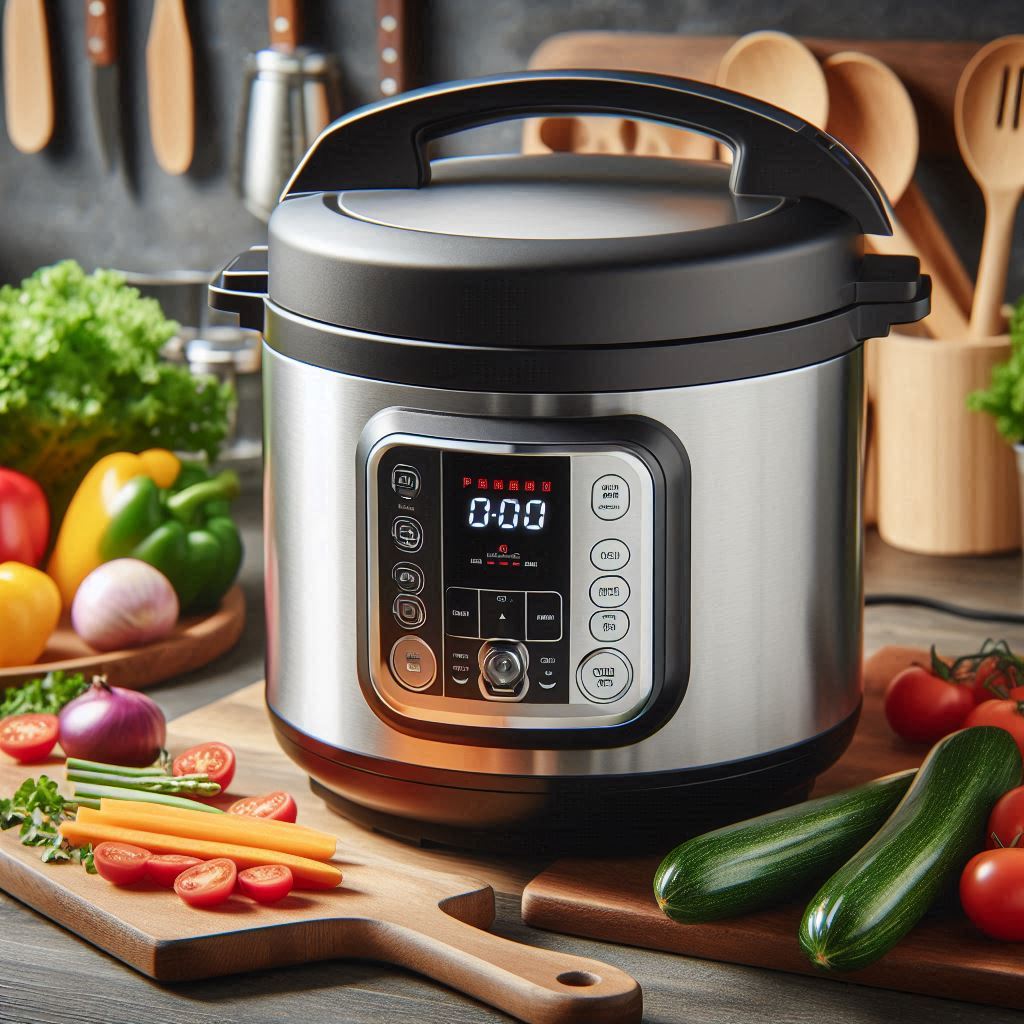MLCC for Electric Pressure Cookers

Electric pressure cookers have revolutionized modern cooking, offering speed, convenience, and efficiency. At the heart of their functionality lies a sophisticated array of electronic components, among which the Multi-Layer Ceramic Capacitor (MLCC) plays a pivotal role. In this blog, we will explore the importance of MLCC in electric pressure cookers, its functionalities, advantages, and how it enhances the performance of these popular kitchen appliances.

Understanding MLCC
Multi-Layer Ceramic Capacitors, or MLCC, are passive electronic components that store and release electrical energy. They consist of multiple layers of ceramic material interspersed with metal layers, which serve as electrodes. The primary advantages of MLCCs are their high capacitance, small size, and excellent stability over a wide range of temperatures and frequencies.
The Role of MLCC in Electric Pressure Cookers
Electric pressure cookers rely on precise electronic control to regulate cooking times and pressures. MLCCs are integral to the performance of these controls. Here’s how MLCCs contribute:
- Power Regulation: MLCCs help in smoothing out voltage fluctuations, ensuring stable power supply to the cooker’s electronic components.
- Signal Filtering: They filter out noise and prevent unwanted signals from interfering with the control circuits.
- Timing and Control: MLCCs assist in timing functions and in the precise control of heating elements, ensuring food is cooked perfectly every time.
- Temperature Stability: The thermal stability of MLCCs ensures they perform reliably even under the varying temperature conditions inside a pressure cooker.
Advantages of Using MLCC in Electric Pressure Cookers
There are several reasons why MLCCs are preferred in the electronic circuits of electric pressure cookers:
- High Capacitance: Despite their small size, MLCCs can offer high capacitance values, making them suitable for various applications in the pressure cooker’s control circuitry.
- Compact Size: The compact nature of MLCCs allows for the design of smaller and more efficient electronic control units within the pressure cookers.
- Reliability: MLCCs are highly reliable, with a long operational life, ensuring the longevity of the pressure cooker.
- Cost-Effectiveness: MLCCs are relatively inexpensive, contributing to the overall cost-effectiveness of manufacturing electric pressure cookers.
Technical Specifications of MLCC in Pressure Cookers
Understanding the technical specifications of MLCCs used in electric pressure cookers can provide insights into their selection and application. Here are some key parameters:
- Capacitance Range: MLCCs used in pressure cookers typically range from a few picofarads (pF) to several microfarads (μF).
- Voltage Rating: The voltage rating of MLCCs is crucial to ensure they can handle the electrical load. Common ratings include 16V, 25V, 50V, and higher.
- Temperature Coefficient: The temperature coefficient indicates how the capacitance changes with temperature. NP0 (C0G), X7R, and Y5V are common temperature coefficients used.
- Size and Package: MLCCs come in various sizes and packages, such as 0603, 0805, and 1206, which denote their dimensions in inches.
Manufacturing Process of MLCC
The manufacturing process of MLCCs involves several precise steps to ensure their high performance and reliability:
- Ceramic Powder Preparation: High-purity ceramic powders are prepared and mixed with binders.
- Tape Casting: The ceramic mixture is cast into thin layers or tapes.
- Layer Stacking: Multiple layers of ceramic tape are stacked together with metal electrodes in between.
- Lamination: The stacked layers are laminated to form a single composite structure.
- Cutting and Sintering: The laminated sheets are cut into individual MLCC units and then sintered at high temperatures to densify the ceramic material.
- Electrode Application: External electrodes are applied to connect the internal layers.
- Testing and Quality Control: Each MLCC undergoes rigorous testing to ensure it meets the required specifications.
Challenges and Solutions in Using MLCC for Electric Pressure Cookers
While MLCCs offer numerous benefits, there are also challenges associated with their use in electric pressure cookers:
- Thermal Stress: The rapid temperature changes in pressure cookers can cause thermal stress on MLCCs. Using capacitors with appropriate temperature coefficients and robust construction can mitigate this issue.
- Electrical Overstress: Voltage spikes can damage MLCCs. Employing voltage protection circuits can help safeguard the capacitors.
- Aging and Degradation: Over time, MLCCs may degrade. Selecting high-quality MLCCs with proven longevity can reduce this risk.
Future Trends in MLCC for Electric Pressure Cookers
The future of MLCC in electric pressure cookers looks promising, with ongoing advancements aimed at improving performance and reliability. Some emerging trends include:
- Higher Capacitance Values: Research is focused on increasing the capacitance values of MLCCs while maintaining their small size.
- Improved Materials: Development of new ceramic materials with better thermal and electrical properties.
- Enhanced Manufacturing Techniques: Innovations in manufacturing processes to produce MLCCs with tighter tolerances and higher reliability.
Recommended MLCCs by Yageo and Samsung
Yageo MLCCs
| Part Number | Capacitance | Voltage | Tolerance | Temperature Coefficient | Package | Features |
|---|---|---|---|---|---|---|
| Yageo CC0805KRX7R9BB104 | 0.1 µF | 50V | ±10% | X7R | 0805 | Suitable for general-purpose applications |
| Yageo CC1206KKX7R9BB104 | 0.1 µF | 100V | ±10% | X7R | 1206 | High voltage rating, suitable for power supply and industrial applications |
| Yageo CC0402KRX5R7BB104 | 0.1 µF | 16V | ±10% | X5R | 0402 | Compact size, ideal for high-density PCB designs |
Samsung MLCCs
| Part Number | Capacitance | Voltage | Tolerance | Temperature Coefficient | Package | Features |
|---|---|---|---|---|---|---|
| Samsung CL10A106KP8NNNC | 10 µF | 10V | ±10% | X5R | 0603 | High capacitance in a small size, suitable for portable devices |
| Samsung CL21A106KPQNNNE | 10 µF | 25V | ±10% | X7R | 0805 | Reliable performance in various environmental conditions |
| Samsung CL31B105KAHNNNE | 1 µF | 50V | ±10% | X7R | 1206 | High voltage and capacitance, suitable for automotive and industrial applications |
Conclusion
MLCCs are indispensable components in the electronic circuits of electric pressure cookers, contributing to their efficiency, reliability, and performance. As technology advances, the role of MLCCs in these appliances will continue to grow, paving the way for even more sophisticated and user-friendly cooking solutions. By understanding the importance of MLCCs and staying abreast of emerging trends, manufacturers can continue to innovate and deliver high-quality electric pressure cookers to consumers.

